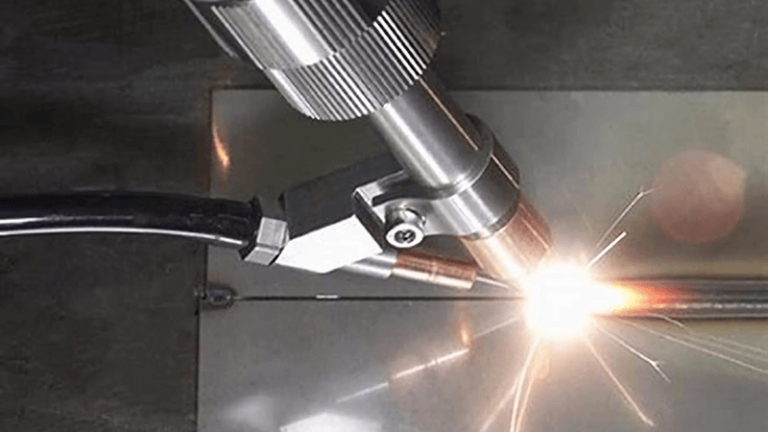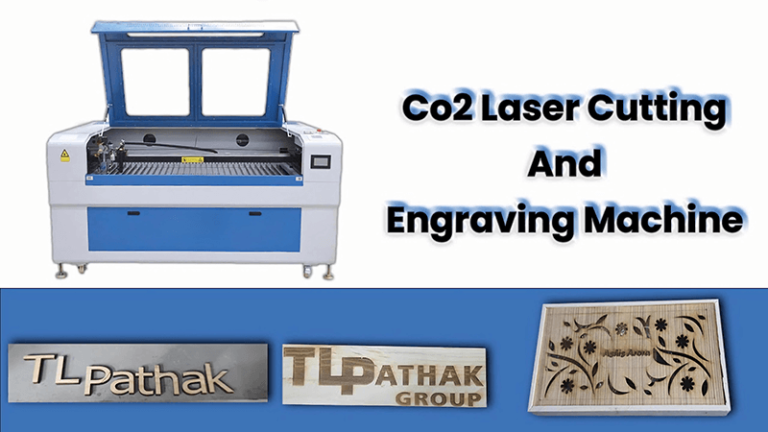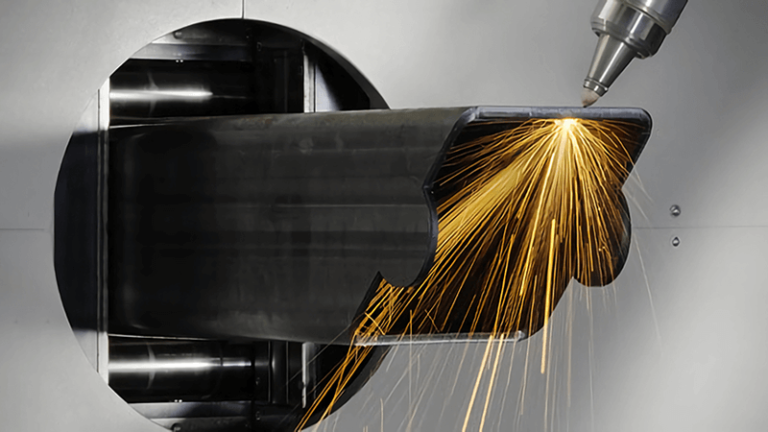When I first started working with fiber laser welding machines, I realized most of the confusion came from one thing: not understanding what “high frequency” really meant in this context. That confusion wastes time, causes bad welds, and even damages expensive equipment.
You don’t always need high frequency for laser welding—but knowing when and how to use it makes all the difference.
Most people confuse traditional high-frequency welding with fiber laser welding. Let’s break that down and go step-by-step so you can make the right decision for your application—and get clean, consistent welds every time.

How does a high frequency welding machine work?
Many assume all laser welding machines use high frequency, but that’s not the case. Especially with fiber laser machines, the power source and application determine whether high-frequency is needed.
A high frequency welding machine typically uses electromagnetic fields to generate heat and fuse materials. But fiber laser welding works differently—using focused light energy, not RF fields, to do the job.
Comparing HF Welding and Fiber Laser Welding
Let me clarify this with a breakdown:
| Feature | High Frequency Welding1 | Fiber Laser Welding2 |
|---|---|---|
| Energy Source | Electromagnetic RF | Focused laser beam (optical) |
| Common Materials | Plastics, carbon steel tubes | Stainless steel, aluminum, copper |
| Process Speed | Fast for simple shapes | Fast + precise for complex joints |
| Heat Distribution | Broader area, less controlled | Highly localized, low distortion |
| Equipment Complexity | Requires RF generator | Simpler with fiber power source |
| Application Fit | Large-volume production lines | Precision industries like auto, aerospace |
In Kirin Laser, we focus on fiber laser welding. Most of our clients in industries like automotive, aerospace, and electronics don’t actually use traditional high-frequency welding anymore. They want fine control, clean seams, and minimal heat distortion3.
For instance, one of our automotive clients struggled with warping thin aluminum panels. After switching to a handheld fiber laser welder from us, they saw consistent, distortion-free welds and faster production lines. That’s the real difference.
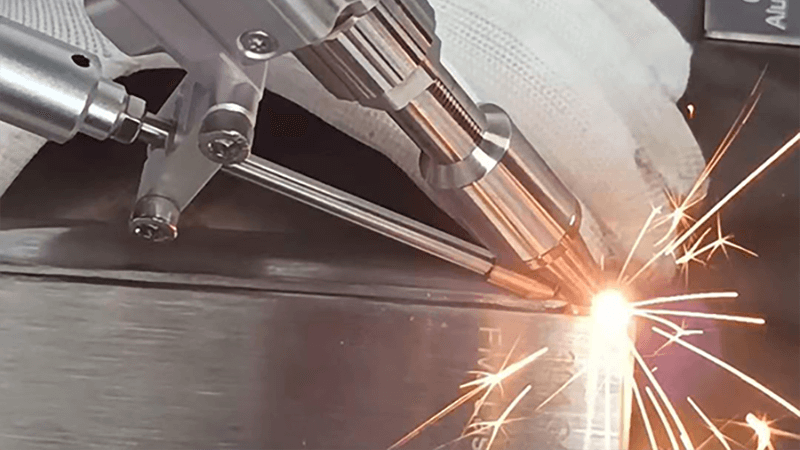
How do you use a welding machine step by step?
If you're new to using a handheld fiber laser welding machine, you might feel overwhelmed. I did too, at first. But it’s easier than you think—especially if you follow the right steps and don’t skip any prep work.
To use a fiber laser welding machine properly, clean the work surface, ensure proper grounding, choose the right laser settings for the material, and always use protective equipment.
Step-by-Step Fiber Laser Welding Guide
Here’s the step-by-step breakdown we give to every new client at Kirin Laser:
1. Surface Preparation4
- Remove oil, rust, and oxide layers. Dirty surfaces cause poor absorption and bad welds.
- We recommend using our Kirin Laser cleaning module before welding if needed.
2. Ground the Workpiece
- Always ground the metal securely. This helps reduce electrical interference and improves welding quality.
3. Set the Parameters5
- Adjust laser power, pulse frequency, and speed depending on:
- Material type (e.g., stainless steel, aluminum)
- Thickness
- Desired penetration depth
- We offer pre-programmed settings for common materials.
4. Align the Weld Joint
- Use fixtures or clamps to hold materials steady.
- Misalignment is one of the most common causes of poor seams.
5. Weld with Steady Movement
- Move at a consistent speed.
- Hold the welding head perpendicular to the joint when possible.
6. Inspect and Clean the Weld6
- Use a wire brush or post-weld cleaning system.
- Check for porosity, cracks, or undercuts.
This isn’t just a procedure—it’s what we teach every technician during onboarding. It works.
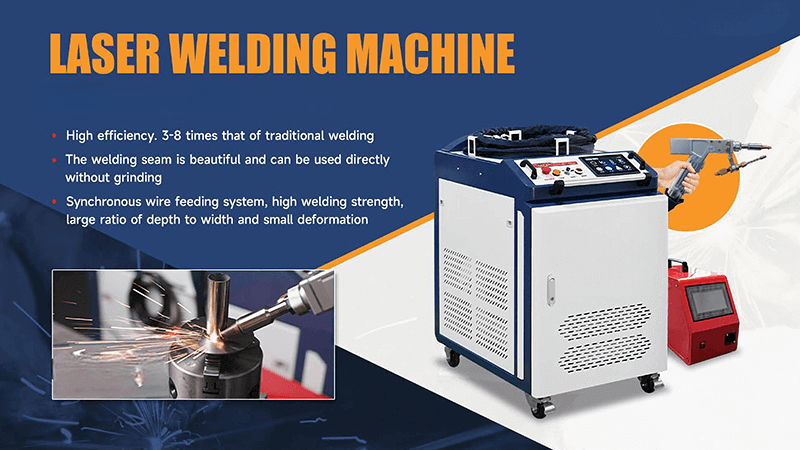
What are the disadvantages of high frequency welding?
High frequency welding sounds powerful, but it comes with limitations—especially when compared to modern fiber laser machines.
High-frequency welding has drawbacks like equipment complexity, limited material compatibility, and potential electromagnetic interference with sensitive electronics.
Why We Rarely Recommend HF Welding
Let me walk you through the key issues:
⚠️ Limited Material Use
- HF welding7 is great for carbon steel and plastics—but not for aluminum, copper, or stainless steel. These materials are more commonly used in today’s advanced industries.
⚠️ Complex Setup
- RF generators are bulky and sensitive.
- Any fluctuation in frequency causes inconsistencies in weld quality.
⚠️ EMI Interference
- High-frequency radiation can interfere with nearby devices.
- This is a huge problem in factories using IoT or robotics.
⚠️ Heat Affected Zone (HAZ)
- HF welding usually generates broader heat zones.
- That can warp or weaken thinner materials, which fiber lasers avoid with pinpoint accuracy.
When clients switch to fiber laser welding8 from traditional HF systems, they often report:
- Better precision
- Lower operating costs
- More material options
- Simpler maintenance
Our welding units at Kirin Laser are designed to avoid all these issues. You get precision without the noise—literally and technically.
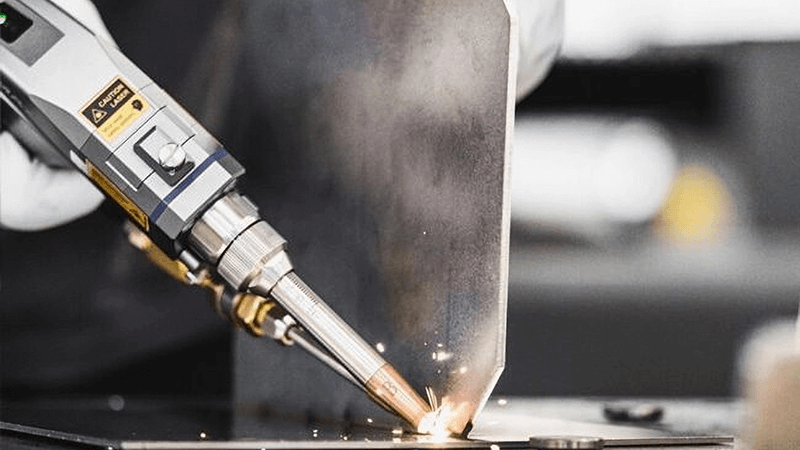
Do I need high-frequency to weld aluminum?
Aluminum is one of the most common materials in modern manufacturing. And it’s also one of the most misunderstood when it comes to welding.
No, you do not need high-frequency to weld aluminum. In fact, handheld fiber laser welding machines are one of the best ways to weld aluminum cleanly and without distortion.
Aluminum + Laser = Better Than You Expect
Here’s what most people don’t realize:
✅ Excellent Beam Absorption9
- Older wisdom said aluminum reflected too much light for lasers to work well.
- That’s changed. With our modern Kirin fiber lasers, absorption is no longer a barrier.
✅ No Need for Filler Wire10
- For thin aluminum sheets, autogenous (filler-free) welds work great.
- Less material, fewer variables.
✅ Precision = No Warping11
- Traditional MIG/TIG welding overheats aluminum.
- Lasers, with tighter heat control, prevent that problem.
✅ Consistency Across Batches
- For clients producing parts at scale—especially in automotive or consumer electronics—the repeatability of fiber lasers is a game changer.
Take one of our clients, a U.S. automotive parts maker. They had real trouble welding 1.2mm aluminum panels using TIG. Every third unit had defects. After switching to our fiber laser handheld system, their defect rate dropped below 1%. That’s not just technical improvement—it’s real money saved.
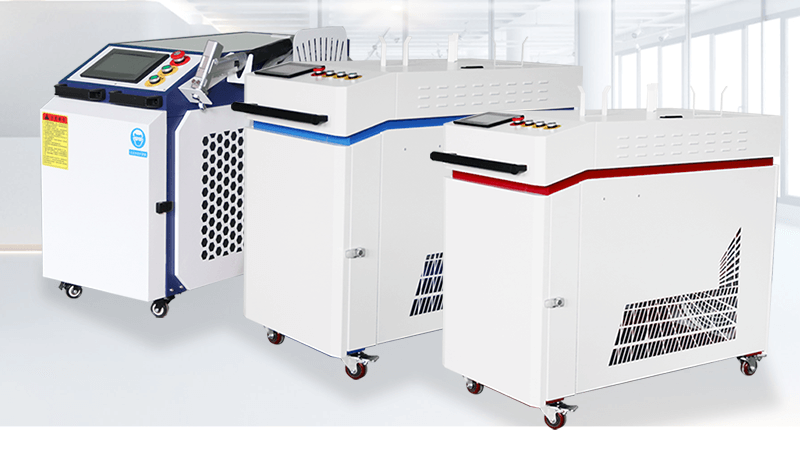
Conclusion
Using a high frequency welding machine sounds advanced, but it’s not always the right tool—especially not in the era of fiber laser technology. Fiber laser welding machines, like those we make at Kirin Laser, offer cleaner, more precise results, especially for metals like aluminum and stainless steel.
Whether you’re managing production for automotive parts, custom fabrication, or high-precision electronics, fiber laser welders12 give you better control, lower waste, and a smoother experience overall. And with the right setup—clean surfaces, good grounding, and proper parameter tuning—you can start getting professional-grade results from day one.
-
Discover the applications and benefits of High Frequency Welding in modern manufacturing processes. ↩
-
Explore this link to understand how Fiber Laser Welding can enhance precision and efficiency in various industries. ↩
-
Learn about heat distortion in welding and techniques to minimize it for better quality welds. ↩
-
Understanding surface preparation is crucial for achieving high-quality welds. Explore this link to learn effective techniques. ↩
-
Setting the right parameters is key to successful welding. Discover expert tips on optimizing these settings for different materials. ↩
-
Proper inspection and cleaning ensure the integrity of the weld. Learn best practices to maintain high standards in your work. ↩
-
Understanding the drawbacks of HF welding can help you make informed decisions about welding technologies. ↩
-
Exploring fiber laser welding can reveal its advantages over traditional methods, enhancing your knowledge of modern welding solutions. ↩
-
Understanding beam absorption can enhance your knowledge of laser welding efficiency and its applications in various industries. ↩
-
Exploring filler-free welding can reveal cost-saving techniques and improve your welding processes significantly. ↩
-
Learning about precision welding techniques can help you achieve better results and reduce defects in your projects. ↩
-
Knowing the best laser welding solution and find your best product for your business from Kirin Laser. ↩


